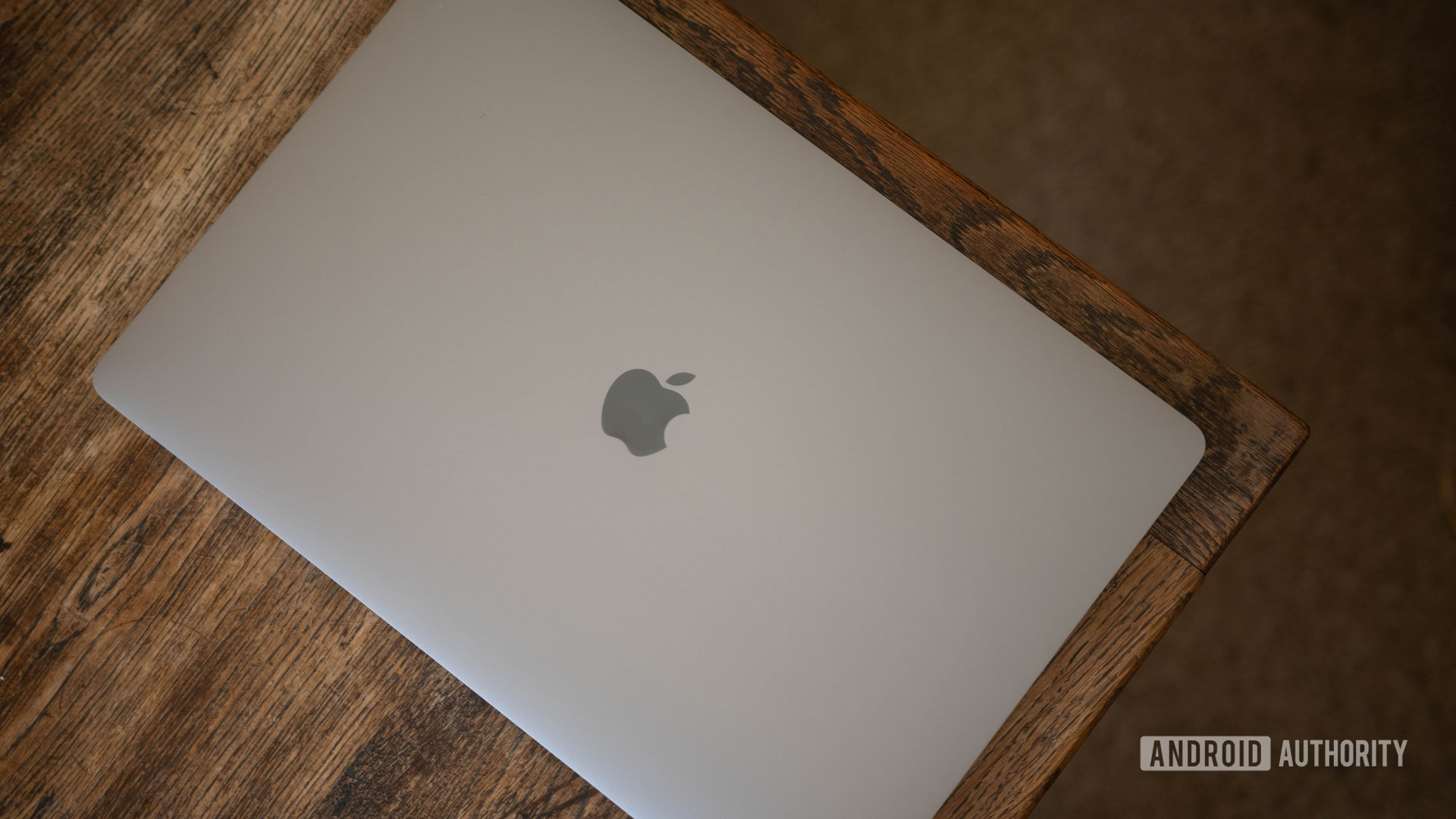Affiliate links on Android Authority may earn us a commission. Learn more.
Apple WWDC 2020: Everything revealed, including iOS 14, end of Intel-based Macs
Published onJune 22, 2020
Today marks the official start of the Apple WWDC 2020 event! WWDC stands for Worldwide Developers Conference, and it’s essentially Apple’s version of Google I/O.
Although the focus of WWDC is software and Apple connecting with the developers that create products for its platforms, the company still made room for a huge (yet unsurprising) hardware announcement. There were no iPhones launched, but there were still some exciting developments.
For all the latest from the Apple WWDC 2020 keynote event, see our summary below! If you feel like watching the whole event yourself, the YouTube video above is the easiest way to do so.
iOS 14: The Apple WWDC 2020 main event
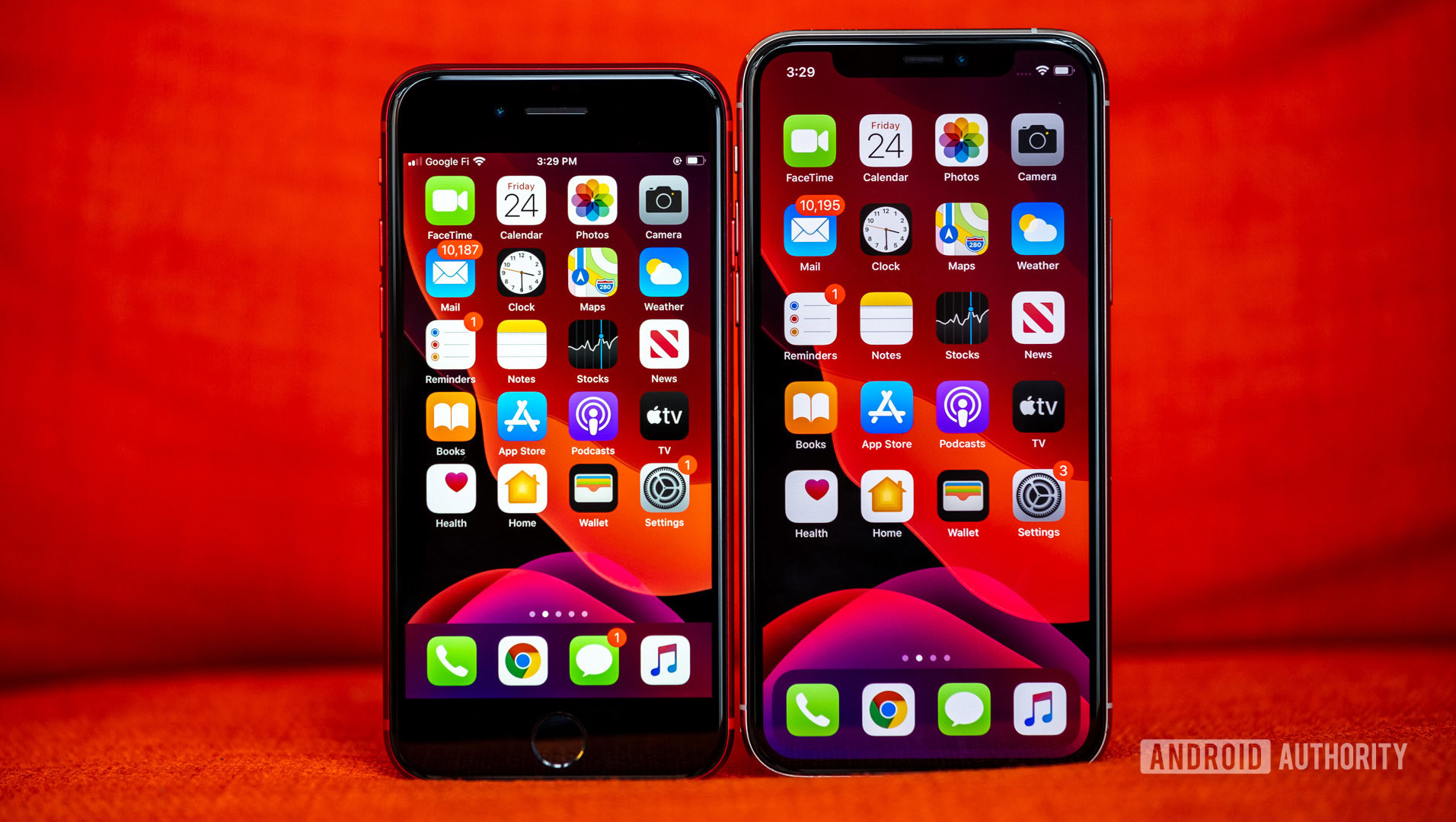
Over the past 10 years, WWDC has been dominated by news related to Apple’s star product, the iPhone, and the software that powers it: iOS. This year, Apple is launching iOS 14, and it spent the majority of the Apple WWDC 2020 keynote talking about new features and upgrades for the mobile operating system.
Interestingly, more than a few of the features won’t seem new to many people reading this, as they have been staples on Android for years. However, Apple did have a few new things to talk about that even us Android users have never seen before.
Check out the summary of the biggest Apple WWDC 2020 announcements related to iOS below.
The newest iOS features:
- Home screen widgets: Android users have known and loved widgets for a really, really long time, but iPhone users are just getting started with them. With iOS 14, iPhones will finally support home screen widgets. There will be a newly designed interface for adding and customizing the applets, too.
- App Library: Since iOS doesn’t have an app drawer, app icons are scattered all over multiple home screens. It took until Apple WWDC 2020 for the company to finally address this chaos with something called App Library. It takes up the final home screen page and is an auto-curated collection of folders that house all your apps in categories. For example, your social, entertainment, and recently added apps are all categorized so you can find them easily. You can also quickly remove home screen pages now so you can gain access to the App Library quicker without needing to swipe across a dozen pages. It’s not an app drawer, but hey, it’s alright.
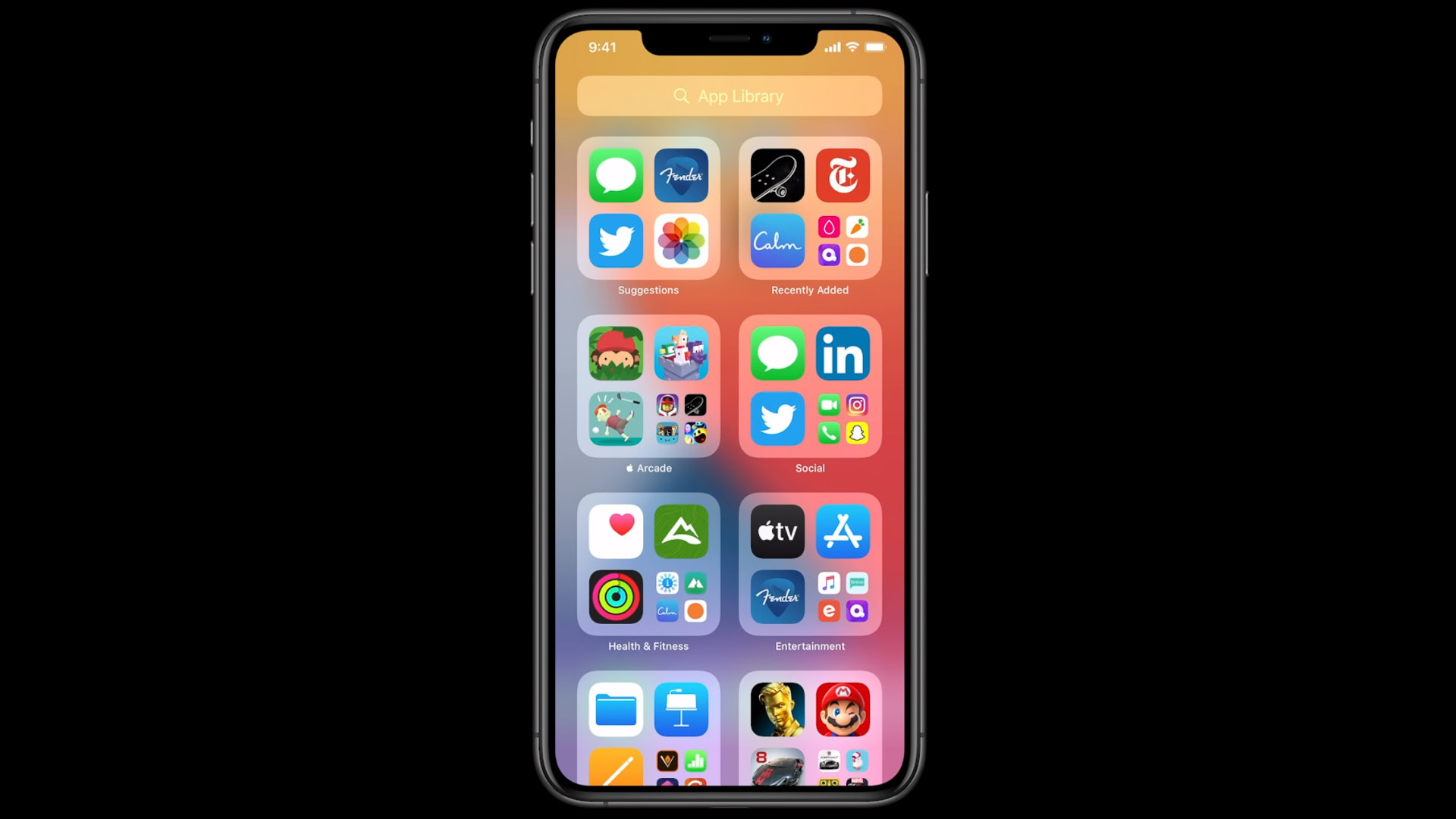
- Picture-in-picture: iOS 14 will support watching videos no matter what you’re doing on your iPhone. Simply start a video and then perform the home screen gesture and the video will shrink to a small box that floats above all your other apps. As with the widgets mentioned previously, Android has had this for a while.
- Default apps: Another thing Android users are used to is setting different apps as default for things like email, calendars, browsers, etc. Apple users haven’t been able to do this before, but now they can — although only with two apps for now. In iOS 14, the email and browser apps can be changed from the default Mail and Safari apps to something else of the user’s choosing.
- Siri: With Android 10 on Pixel phones, Google introduced a “new” Google Assistant that was faster and with a less obtrusive design. Siri is now catching up to that as it will (finally!) not take up your entire display when activated. Instead, an animated Siri icon appears at the bottom of the screen, allowing you to see your apps while communicating. Once again, it took until Apple WWDC 2020 for this change to happen, but at least it’s happening.
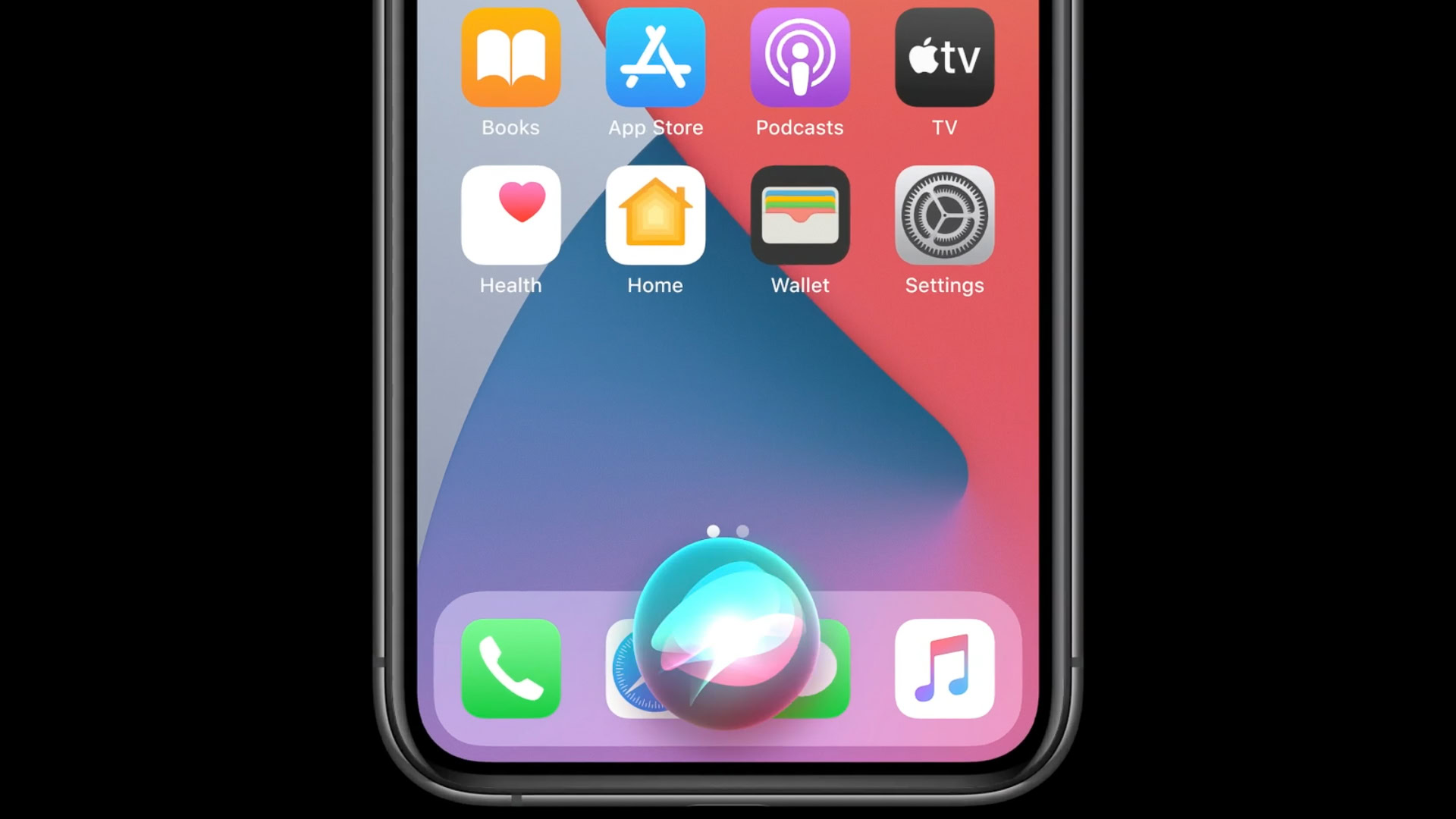
- Messages: The messaging system that everyone on Android wishes they had access to will be getting some big changes in iOS 14. You can now create inline replies to group messages and even add “@” replies (although you don’t need the @ symbol to do so). This will also allow you to customize your notifications so you won’t be bothered every single time someone sends something to the group chat. Instead, you can only be notified when someone directly replies to something you said or mentions you in a comment.
- Memoji: There weren’t too many new things related to Memoji at Apple WWDC 2020, but the company did say that there are now more ways than ever to customize the appearance of your avatar. Apple even added the ability to include face coverings since, you know, that’s a thing that’s important now, unfortunately.
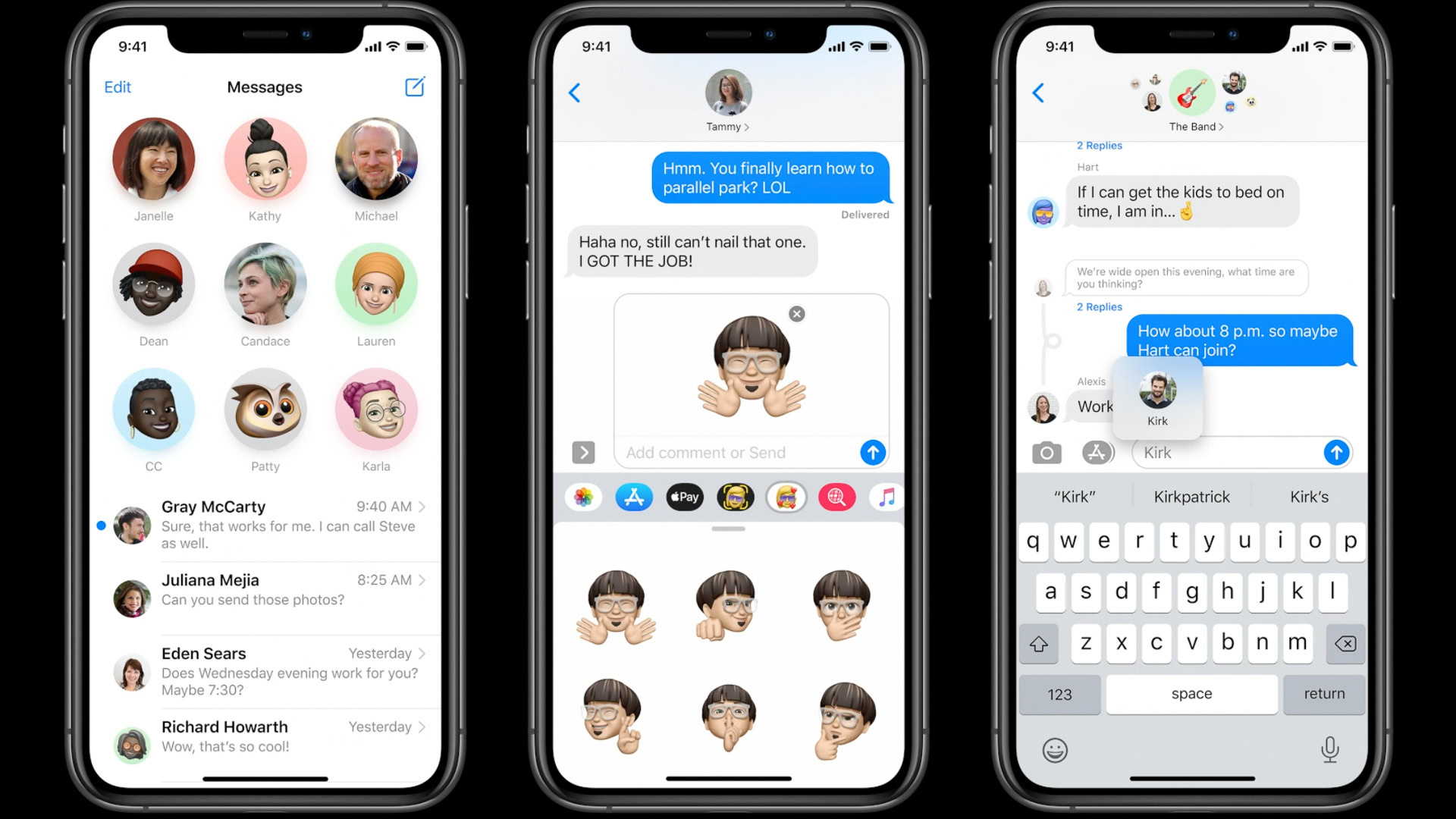
- Apple Maps: The days of mocking Apple Maps are over, as the company has turned the app into a very capable substitute for Google Maps. This year, Apple Maps will arrive in the United Kingdom, Ireland, and Canada. There are finally cycling directions incorporated (but only in a few big cities), and your turn-by-turn navigation can support environmentally-friendly ways of travel.
- App Clips: One of the cooler announcements at Apple WWDC 2020 is App Clips. These are ultra-lightweight apps (less than 10MB in size) that will help you at the moment you need them. For example, you could be in a new coffee shop and want to use the restaurant’s app to pay for your drink. Instead of downloading the whole app, you could just bump your phone against an NFC pad, download the App Clip, sign in with Apple Pay, and boom: you’re done. Your iPhone will even automatically alert you if an App Clip exists for the area you are in or the activity you are currently doing.
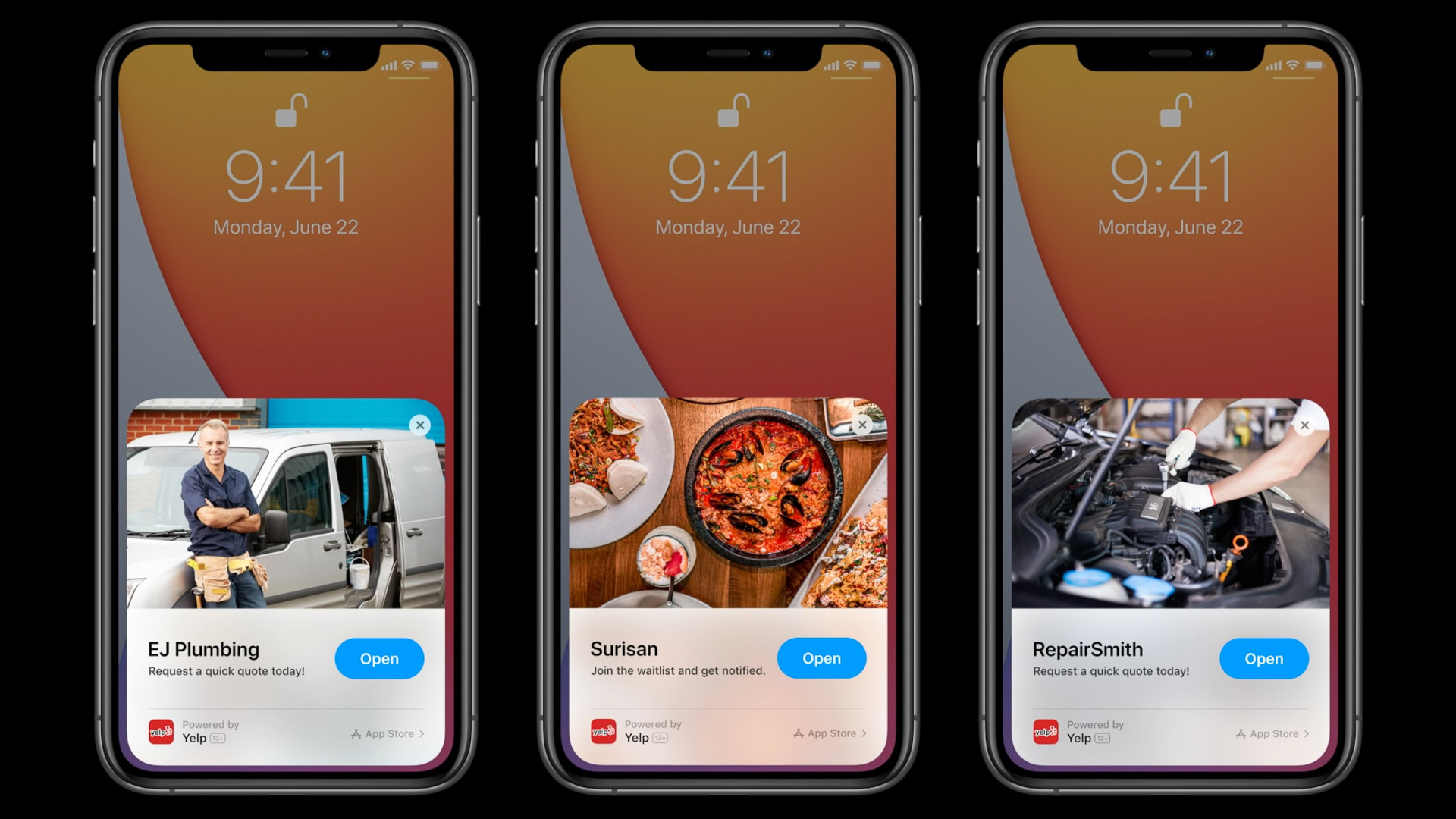
- CarKey: Speaking of NFC, Apple has its sights on replacing car keys using the technology. At Apple WWDC 2020, the company formally announced CarKey which could replace your FOB when it comes to unlocking your car door and starting to drive. It will only work in one BMW that will land later this year at first, but eventually will see wide adoption just like Apple’s Car Play does. The coolest thing about this is that you can easily share your car key credentials with others. You can even restrict them in certain ways once they start driving.
- Phone call notification: When you get a phone call, your entire display won’t be dominated by the call notification anymore. Instead, a small widget-like alert will appear. You can easily answer or decline the call here or just swipe away the alert to let it ring.
- Privacy: If you are using an app that accesses your camera or microphone, the status bar will have an orange dot on it to give you a quick visual reminder that that is the case.
iPad OS 14
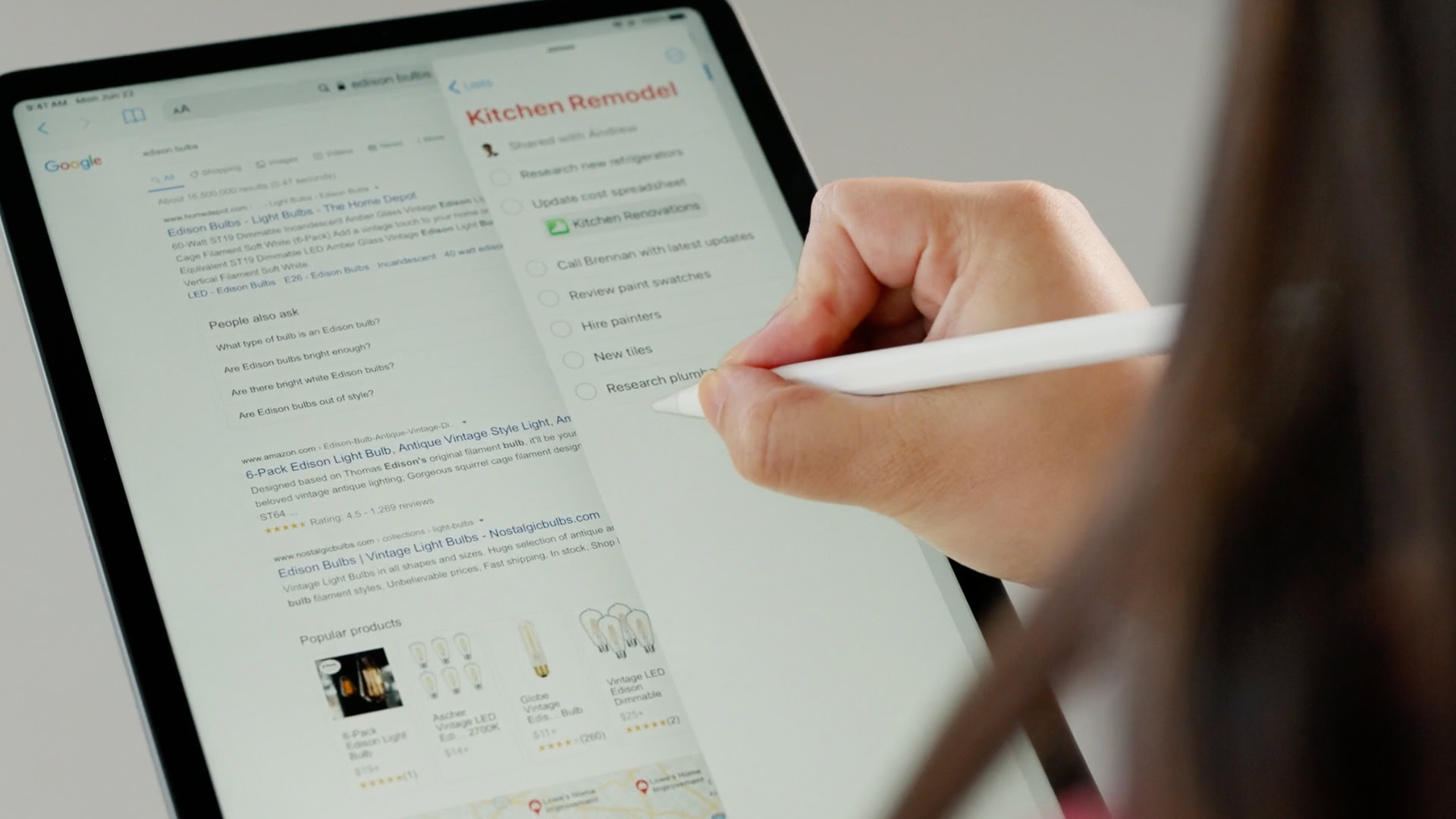
Even though Apple drew a line in the sand and created iPad OS to separate it from iOS, the two are still very similar. As such, Apple WWDC 2020 revealed that almost all of the features described in the previous section are also coming to iPad OS 14. That includes home screen widgets, small phone call notifications, a less-obtrusive Siri interface, etc.
There are a few things that are focused only on iPad OS, though. Check them out below.
- App sidebar: Apple revamped the look and cohesiveness of the sidebar that appears in specific apps (mostly the first-party Apple apps like Mail, Photos, etc.). The new sidebar is easily hideable, better organized, and makes interacting with your content simpler. It also makes the iPad OS apps feel more like macOS apps (more on that in a sec).
- Apple Pencil: Apple’s stylus known as Pencil is a terrific tool for use on iPads. With a new feature called Scribble, users may just end up holding onto Pencil at all times while using iPads. Scribble allows you to handwrite text into any text box on an iPad and have it convert directly into standard text. For example, you could perform a search in the Safari address bar by writing in “Android Authority” and it would convert your handwriting into text and then search. Pretty cool!
See you later, Intel-based Macs
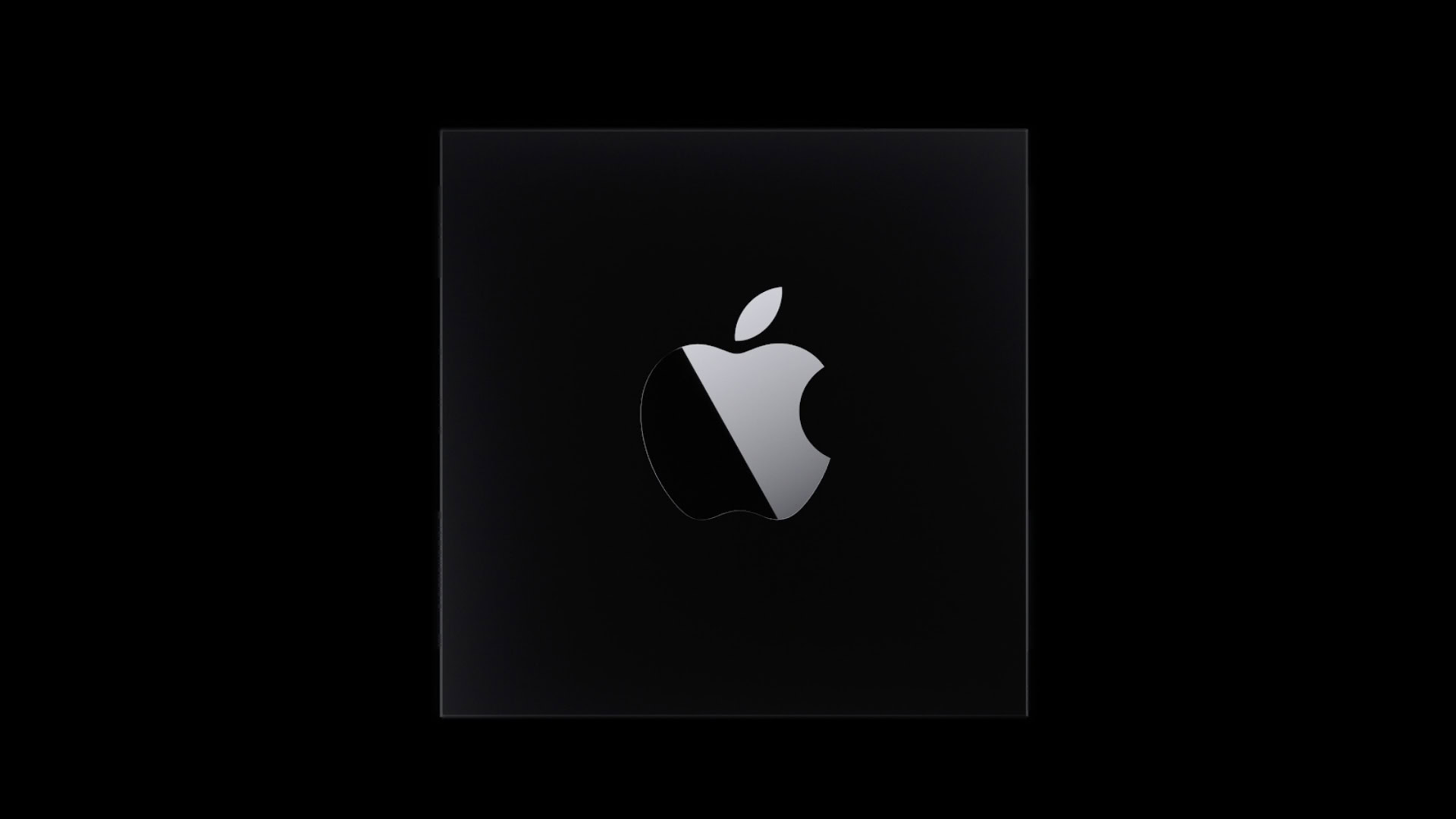
As stated earlier, Apple didn’t announce any consumer hardware products at the Apple WWDC 2020 keynote. However, that doesn’t mean the company didn’t make a huge hardware announcement that will fundamentally change its hardware portfolio.
The announcement today relates to the processors running Apple’s macOS-based computers. As of right now, custom Apple system-on-chips power all of its hardware, except for Macs. Instead, MacBooks, iMacs, etc., all run on Intel processors.
That long partnership will come to an end soon, though, as Apple WWDC 2020 saw the formal announcement of the creation of Apple-designed silicon for future Mac products.
Apple will wave goodbye to Intel and use its own house-made SoCs in Mac computers.
Although Apple didn’t mention it at the keynote, these chips will be Arm-based. Apple is purposely trying to design chips that will offer more performance with less power consumption. In addition, since the processors will be based on similar architecture as its iPhones, iPads, etc., it will allow for seamless interoperability between all the systems.
And yes, that does mean that future Mac computers will be able to run nearly every current and future iPhone and iPad app — natively.
During the Apple WWDC 2020 keynote video, Apple demonstrated how powerful these future chips will be by showing off performance-heavy apps such as Final Cut Pro and Adobe Photoshop. In the case of the former, the video showed three full-quality 4K streams happening at the same time.
What does this mean for your current Intel-based Mac? Future Mac apps that will be designed for the new Apple chipset will still work on Intel-based systems through a new Rosetta program called (predictably) Rosetta 2. This means you won’t need to rush out and upgrade your computer to keep using all your favorite apps.
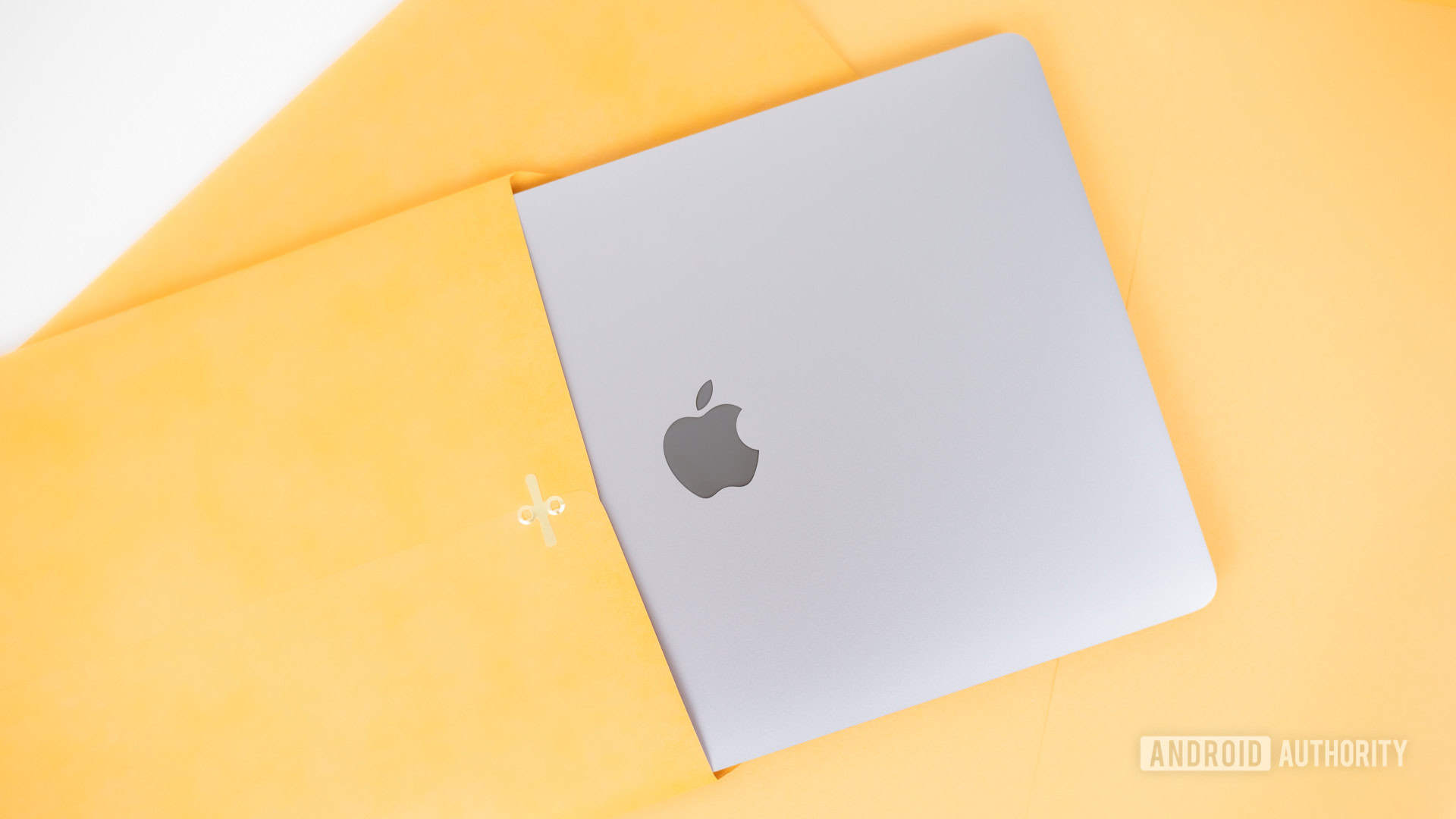
To get developers started with the chips revealed today at the Apple WWDC 2020 keynote, there will be a “quick start” program for which devs can apply. This will get them a special Mac Mini with the same A12Z chip that powers current iPad Pros. Using this, they can test their apps and give the new system a test run.
As a quick note at the end of the event, Tim Cook did confirm that there will be more Intel-based Macs launching soon, likely this year, in addition to the first consumer-grade Mac based on an Apple-made chipset. He said it will take about two years for Apple to switch from Intel entirely.
macOS Big Sur
Speaking of Macs, the Apple WWDC 2020 keynote saw some announcements related to the latest version of the operating system that powers those computers: macOS Big Sur. Although Apple called this the biggest upgrade to macOS since the original switch to Mac OS X in 2001, don’t expect any fundamental changes to how things work. Instead, it’s just a lot of design tweaks and some new features brought over from iOS and iPad OS.
In fact, it’s very clear that Apple’s ultimate goal is to make iOS, iPad OS, watchOS, tvOS, and macOS all look and function as similarly as possible. Everything from icons to colors to animations on macOS Big Sur are inspired (or directly lifted) from the other operating systems.
Don't be surprised if macOS looks and functions just like iPad OS in a few years. That's where Apple is clearly going.
The two biggest new announcements at Apple WWDC 2020 related to macOS are improvements to Mac Catalyst and Safari. The former is the system that allows developers to easily create macOS apps from their pre-existing iPad apps. This is now easier than ever but will become even easier in the future, obviously, when Apple moves to its own in-house silicon.
As for Safari, Apple announced some new features that Chrome users already enjoy, such as real-time on-page translation and dynamic tab management. One of the more important Apple WWDC 2020 announcements was that it will be even easier for devs to bring to Safari extensions they’ve made for other browsers (*cough* Chrome *cough*).
Apple did one-up Chrome in one way, though, by integrating privacy tools within Safari for both websites and extensions. With a quick click, you can see how much data websites/extensions are tracking as you browse. You can even turn extensions on or off depending on what website you are visiting or only give 24 hours of access to an extension before it gets automatically shut off.
AirPods
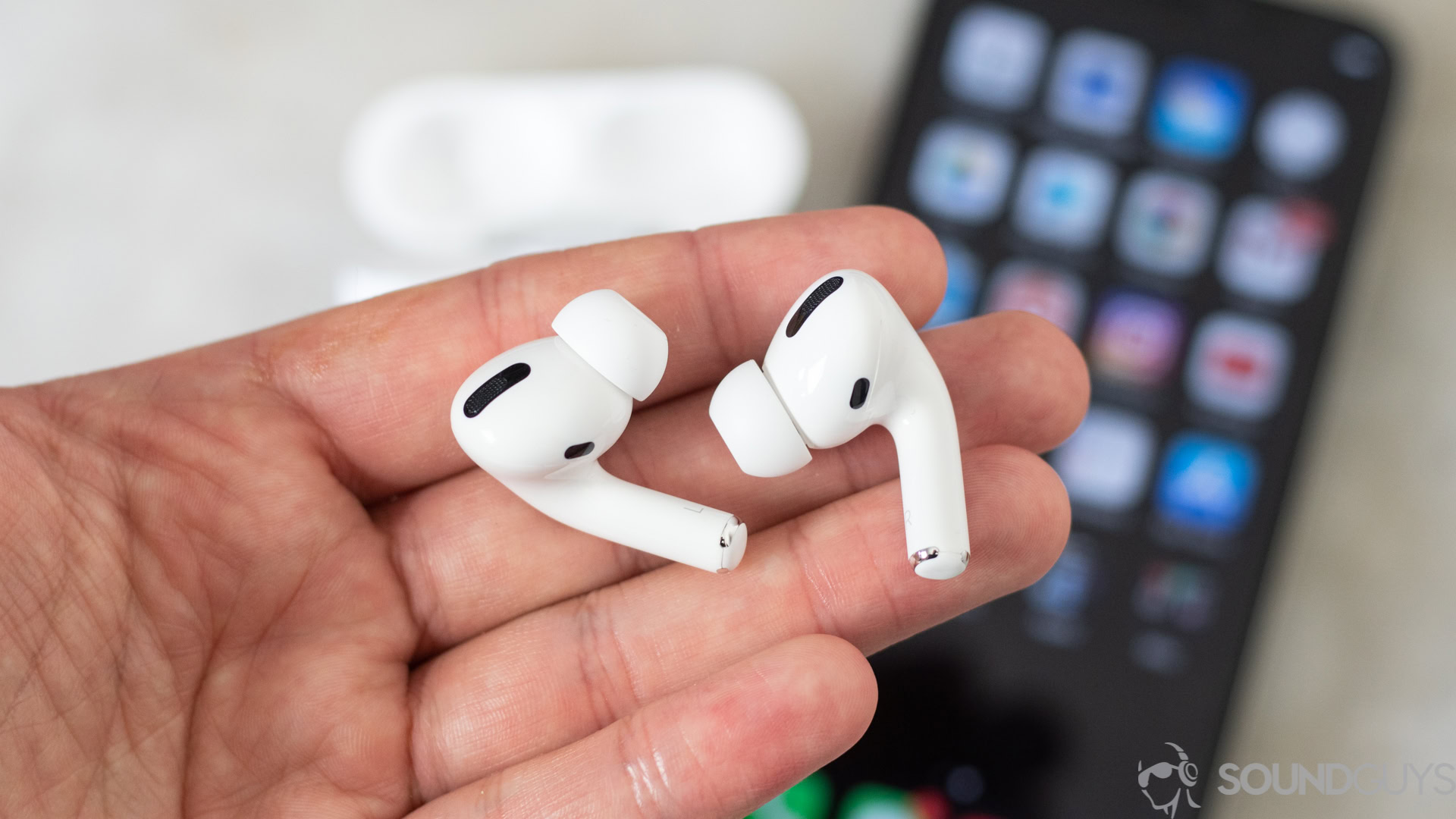
Although there were no AirPods announced at Apple WWDC 2020, there were two new features for existing AirPods that are pretty exciting.
The first applies to all current AirPods which is seamless movement between devices. Your AirPods will now automatically detect which Apple device you are using and then seamlessly switch to that source for audio. As an example, you could have your AirPods connected to your iPhone from your morning commute. When you get home, you turn on a TV show on your iPad and your AirPods will automatically disconnect from your phone and then connect to your iPad without you needing to do a thing. Hopefully, Android will get something like this soon!
The other new AirPods feature announced at Apple WWDC 2020 is spatial audio. This only applies to AirPods Pro, though. The spatial audio feature is exactly what you’d expect: it simulates surround sound when you’re watching things like TV shows and movies that have 7.1, 5.1, or even Dolby Atmos support.
watchOS 7
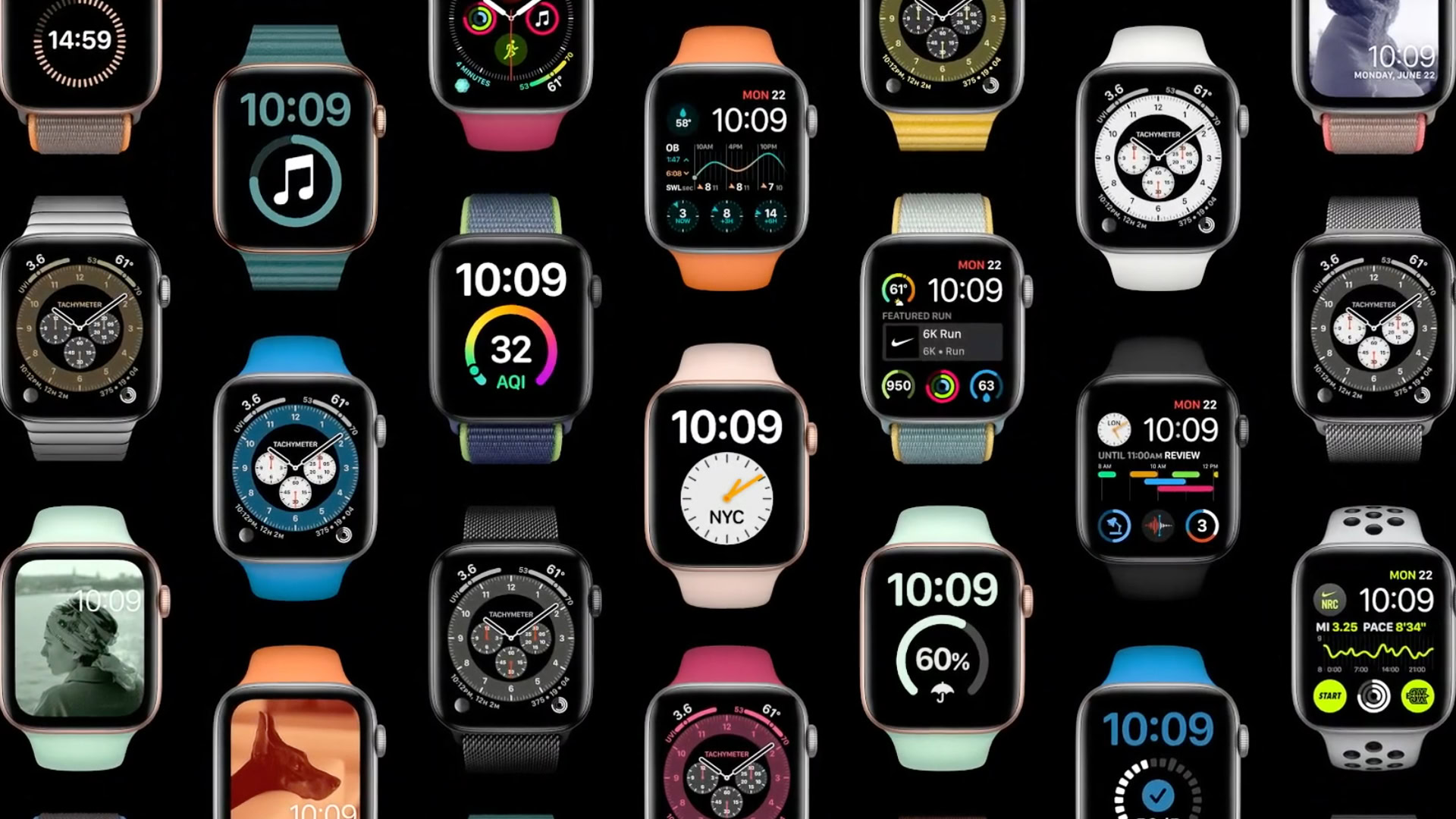
The next iteration of the operating system that powers the Apple Watch will be watchOS 7. At Apple WWDC 2020, Apple revealed a few new features coming to the watch. Although none of them were too revolutionary, the Apple Watch is still the best smartwatch you can buy, hands-down, so it’s not like Apple needs to do much to stay ahead.
Some of the new features revealed at Apple WWDC 2020 include:
- You can now use multiple complications from each app.
- There are more watch faces than ever and you can easily find or share faces through a new system called Face Sharing. You can share faces with your family or friends or even download curated ones from brands you enjoy.
- Cycling directions also work now on watchOS (although only in those select cities).
- The Workout app now has a new name: Fitness.
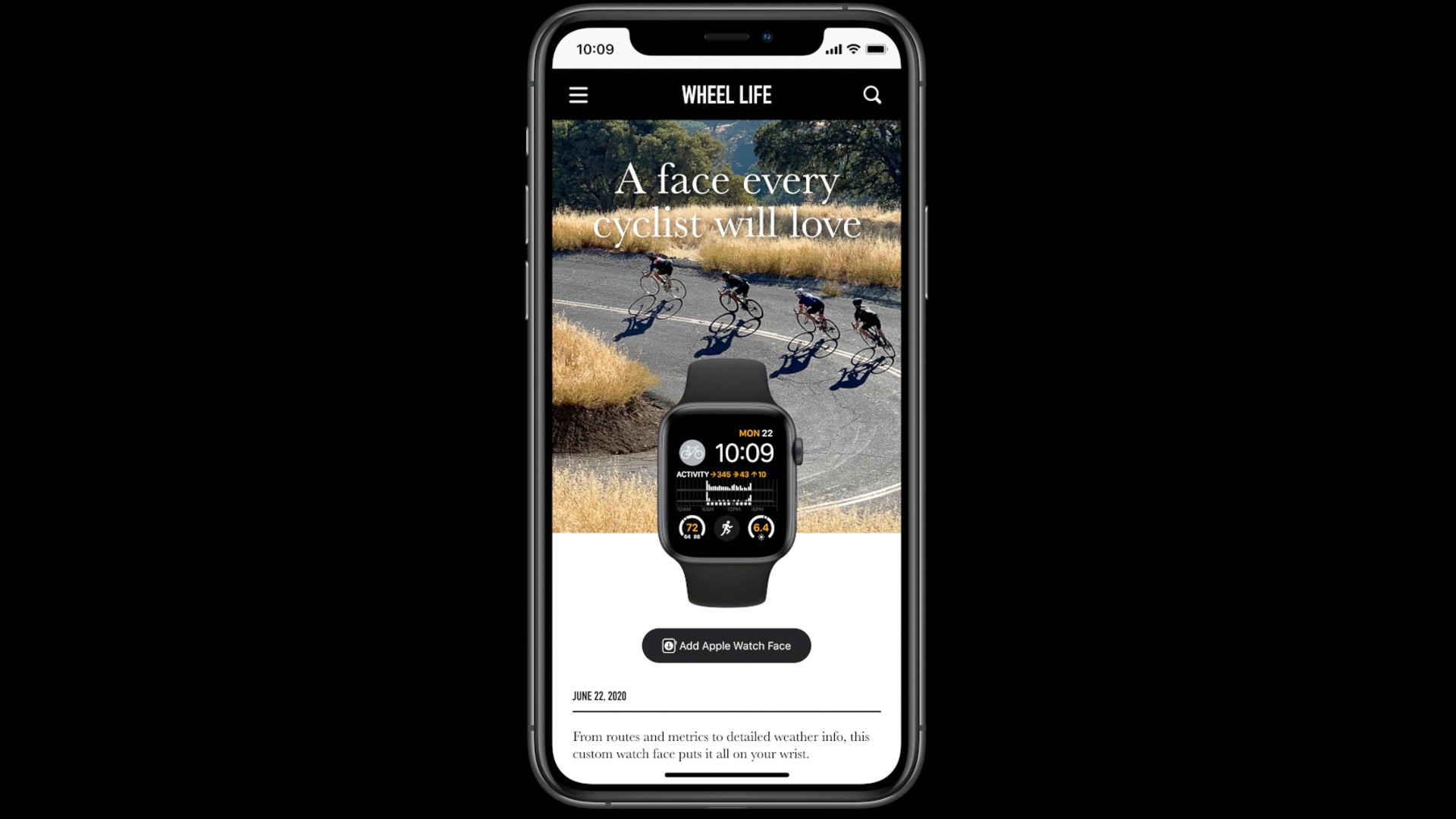
- The new Fitness app has new activities it can track, including dance, core training, cooldown, and more.
- There’s now sleep tracking in watchOS. There are also a bunch of sleep-related features you can tweak, including a sleep timing app called — wait for it — Wind Down. Sound familiar? That was the name of Google’s incredibly similar app in its Digital Wellbeing suite of tools. Google renamed its feature Bedtime Mode just recently. There’s a story there!
- A new automatic hand-washing detection feature will start a timer when you begin to wash your hands. If you stop before the timer ends your watch will encourage you to keep washing. When the timer ends, your watch will vibrate and give you a metaphorical high-five for sticking to the full 30 seconds.
tvOS 14
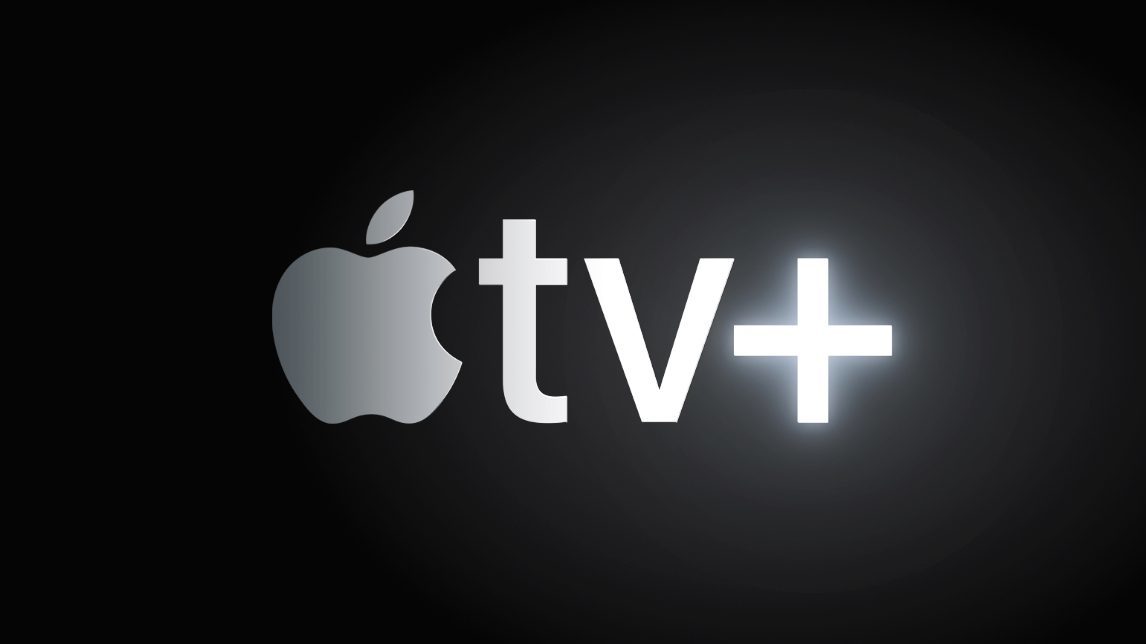
Apple spent only a small amount of time talking about Apple TV, Apple TV Plus, and tvOS at Apple WWDC 2020. It showed off a trailer for a new sci-fi series based on Isacc Asimov’s classic “Foundation” series of books. It also revealed that Siri works better than ever with Apple TV and even can show you picture-in-picture displays of your security cameras either when you request them or automatically if your camera has an alert for you.
There’s also now multi-user support for games you play on Apple TV. This will allow you to pick up where you left off in a game and not pick up where your dad left off in the same game.
Apple WWDC 2020: No hardware, but what’s next?
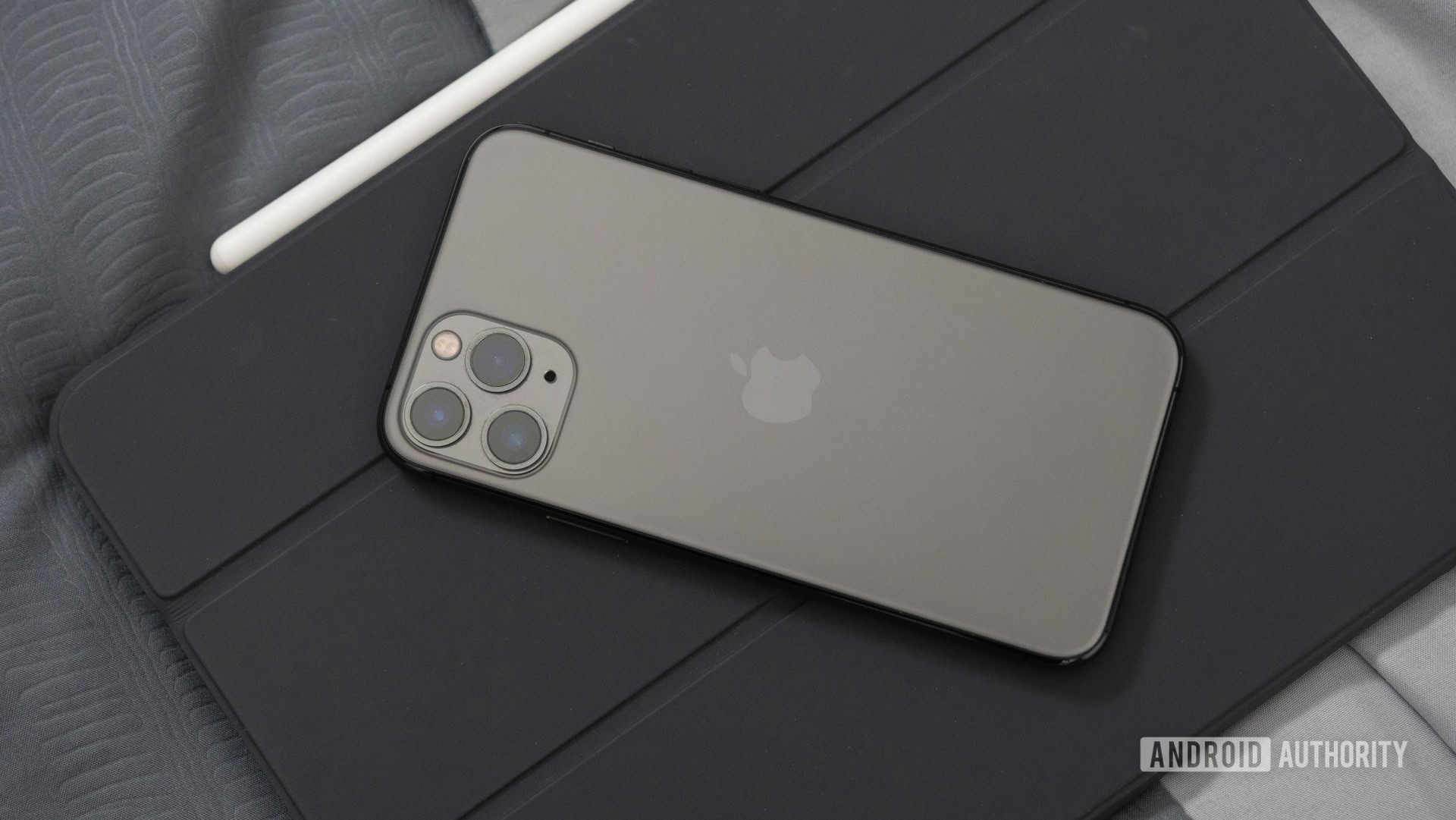
We expect Apple to hold its next big event in September. It will almost certainly launch the new series of iPhones at that event, and very likely have other hardware products to show off. Judging from this event, it’s likely we’ll see the first Mac based on an Apple-made chipset at that event.
Apple WWDC 2020 continues on for the next few days, so we’ll be sure to update you on any future developments!
